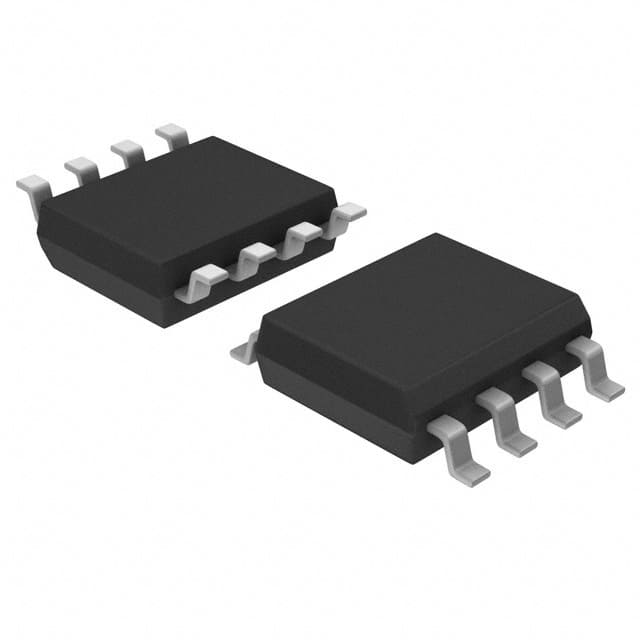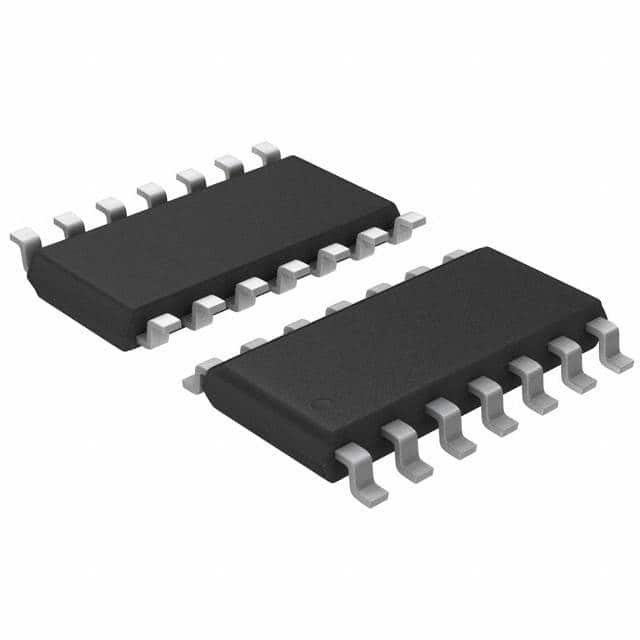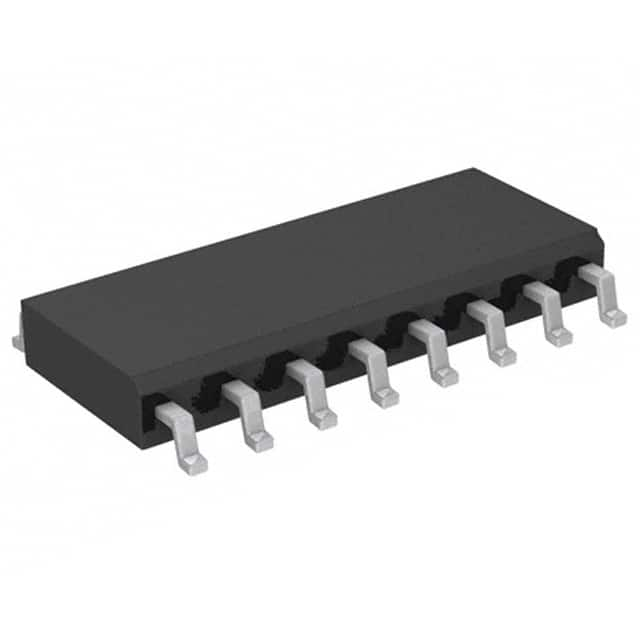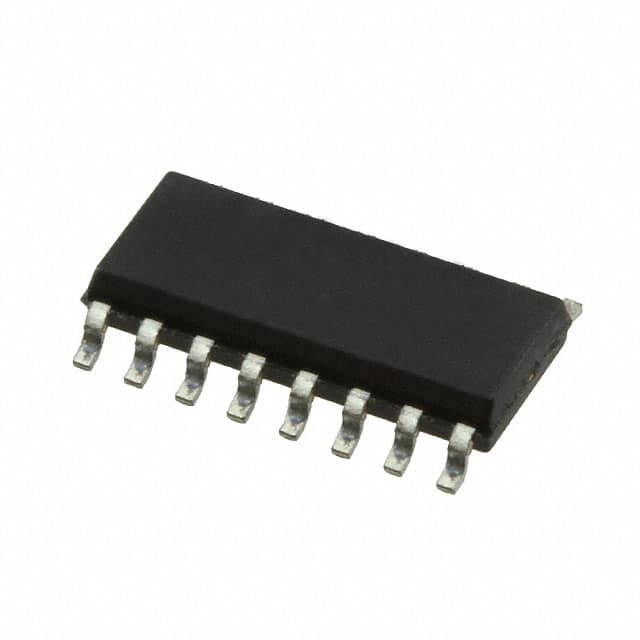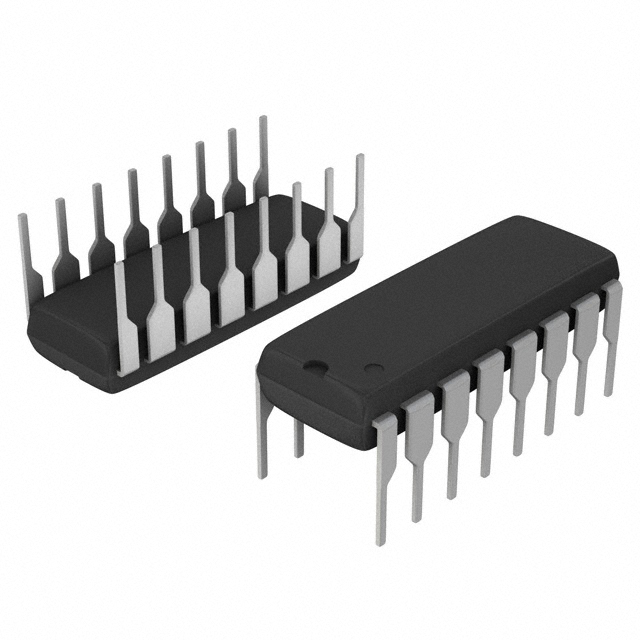Advanced Linear Devices Inc. ALD555SAL
在庫: 1550
MOQ: 1
9 つの価格帯
- メーカー品番 :ALD555SAL
- メーカーです :Advanced Linear Devices Inc.
- Dasenic # :ALD555SAL-DS
- ドキュメント : ALD555SAL ドキュメント PDF
- 説明する : IC OSC SINGLE TIMER 2MHZ 8SOIC
- パッケージ :-
- 単価: $2.4570合計: $2.46
| 数量 | 単価 | 節約 |
|---|---|---|
| 1-1 | $2.4570 | - |
| 2-10 | $1.8297 | 25.5% 節約 |
| 11-50 | $1.5795 | 35.7% 節約 |
| 51-100 | $1.5020 | 38.9% 節約 |
| 101-250 | $1.4203 | 42.2% 節約 |
| 251-500 | $1.3710 | 44.2% 節約 |
| 501-1000 | $1.3304 | 45.9% 節約 |
| 1001-2500 | $1.2876 | 47.6% 節約 |
| 2501-5000 | $1.2618 | 48.6% 節約 |
コストと時間を節約するのに役立ちます。
厳格な品質検査と商品の信頼できるパッケージ。
時間を節約する高速で信頼性の高い配送。
365日間の保証アフターサービスを提供します。
Advanced Linear Devices Inc. ALD555SAL 技術仕様、属性、パラメータ。
カテゴリ:Integrated Circuits (ICs)/Programmable Timers and Oscillators
製品ステータス:Active
動作温度:0°C ~ 70°C
取り付けタイプ:Surface Mount
パッケージ/ケース:8-SOIC (0.154", 3.90mm Width)
頻度:2MHz
電流 - 供給:100 µA
タイプ:555 Type, Timer/Oscillator (Single)
サプライヤーデバイスパッケージ:8-SOIC
電圧 - 供給:2V ~ 12V
カウント:-
EU RoHS ステータス:ROHS3 Compliant
モイスチャーレベル:1 (Unlimited, 30°C/85%RH)
REACH規則:REACH Unaffected
輸出規制分類番号:EAR99
HTS 米国:8542.39.0001
中国の RoHS ステータス:Green Symbol: Green and environmentally friendly product
ALD555SAL は Advanced Linear Devices Inc. によって提供されています
Advanced Linear Devices Inc. 関連商品のおすすめ
評価とレビュー
Great Product
John D.
Excellent product quality and fast shipping service. Will definitely purchase again!
Good Experience
Sarah M.
Smooth transaction process and responsive customer support. Highly recommended!
Satisfied
Mike R.
Accurate product description and arrived earlier than expected.
製品を評価してください!
アカウントにログイン後、コメントを送信してください。






